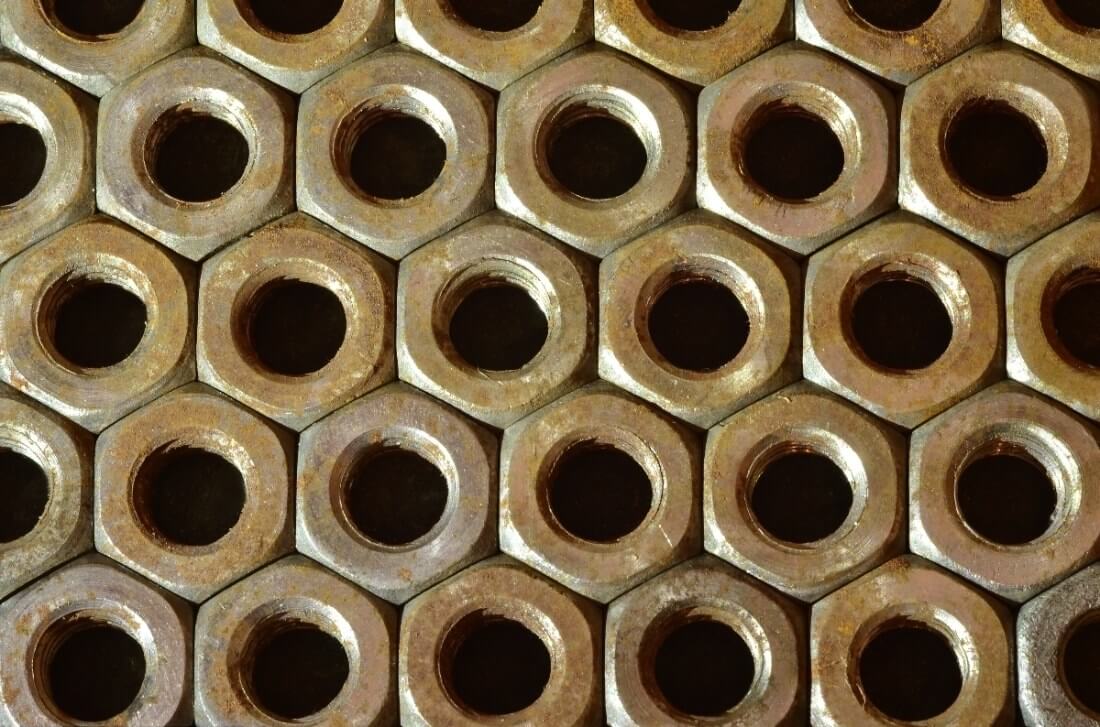At Maxilead, we know exactly how important scrap metal recycling is to both the UK and world economy and, perhaps more importantly, to the health of the planet overall – so we thought we’d share a little of this insider knowledge with you.
If you’re considering sending your scrap metal to a local recycling plant or scrapyard, it may be helpful to understand how valuable this decision will be. Read on for a summary of the scrap metal recycling statistics behind the UK and worldwide industries from the last year.
The Bigger Picture
Incredibly, more than 400 million tonnes of metal is recycled each year, 10 million tonnes of which come from the British Isles alone! The scrap metal industry is worth approximately £5 billion pounds, and, as a result, it plays a considerable part in the wider UK economy.
Around 40% of our recycled metal is used internally, while the other 60% is exported. Arranging for your scrap metal to be reused will not only make you money – it will also mean that you are contributing to a vital cause that has a huge impact on the wealth of your country.
The Environmental Impact
There are more than 1,500 scrap yards creating revenue for the UK each day, and it’s estimated that around 50% of all metal used in UK manufacturing is recycled – something that we can be very proud of, considering the great environmental benefits that come with reusing our metal.
The European Union takes a highly proactive approach to scrap metal recycling and, as a result, has managed to reduce their CO2 emissions by more than 180,000,000 tonnes annually.
The steel recycling industry, for example, is able to reduce air pollution by 86%, water pollution by 76% and overall water usage by 40%. This is only a comparatively small fraction of the full spectrum of metal recycling, so you can just imagine the environmental value of the whole venture.
2018 Metal Recycling Statistics and Values
Last year, aluminium was worth 60p per kilo. You could make £2.90 per kilo on brass and heavy copper would fetch £4.20 per kilo, while braziery and wire versions of the same metal were worth £3.60 and £4.60 per kilo respectively. Lead was worth £1.45 per kilo, stainless steel could fetch 70p per kilo and cast iron or steel would see you make 8p per kilo.
There was a strong increase in demand for steel, with levels of requirement estimated to build to 1,648.1 metric tonnes in the US. The consumption of the metal in North America alone was predicted to rise to 1.3%, with primary production levels failing to supply a matching amount of the metal – growing by only 0.5%. This naturally lead to an increase in the value of scrap steel.
The US also saw the price of zinc rise by 36%, with around 25% of this particular metal being sourced through recycling.
We can also reveal some excellent news: global aluminium recycling increased last year, with drinks cans recycling alone hitting a record high of 74%.
Now that you’re armed with a little more knowledge, perhaps it’s time to take scrap metal recycling into your own hands. After all, it benefits the world economy, the environment and your own finances to no end!










